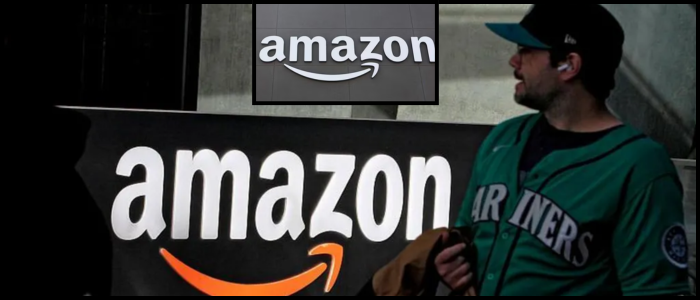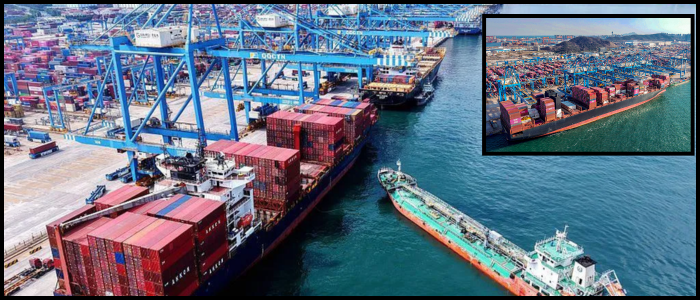On “Liberation Day” in April, Mr. Trump unveiled across-the-board increases on tariffs — some to 145% — then eased up a bit and gave negotiators a 90-day “pause,” one that will expire on July 9.
Economists and businesses had warned that the economic fallout could be significant. Though the most severe tariffs were temporarily put on hold, the uncertainty remains a cloud over the American economy.
Markets React but Rebound
The stock market tanked after Trump announced punitive tariffs. The S&P 500, a major index that measures the performance of 500 top companies, dropped 12 percent in a single week in April. But when Trump reduced the scope of the plan to a 10% tariff, investor sentiment was lifted. The index is now up roughly 6 percent for the year.
Nonetheless, businesses that are increasingly exposed to tariffs, particularly car manufacturers and retailers, still haven’t fully bounced back. That kind of investor complacency can be dangerous, experts say, particularly if Trump imposes higher tariffs again after the current pause expires.
Trade Surges, Then Stalls
Tariff concerns last year prompted a surge of products flowing into the United States, only to decelerate in April and May. But total imports surged 17 percent over the first five months of the year from a year earlier.
Higher tariffs — now six times what they were at the beginning of the year — wouldn’t have much effect on consumer prices, Trump says, since imports account for only 11% of spending, he argues. Inflation data indicated a mere 0.1% increase from April to May, but prices for a number of items, such as toys, have surged more than that. Many of the items that have been tariffed have not yet arrived on store shelves, and companies may postpone price increases so they do not alienate potential shoppers.
Some companies may take on the cost in the near term, but the burden is likely to eventually rest on consumers, economists say.
Slowing Consumer Spending, Stable Jobs
The economic uncertainty is starting to have an effect on consumers. Retail sales dropped 0.9 percent from April to May, a second straight month-to-month decline — the first pair of those since 2023. Consumer spending in early 2025 was higher than at any other similar time since the pandemic, but unexpectedly fell back again in May.
Even so, signals are percolating that the job market is becoming slightly weaker. The jobless rate is at 4.2 percent, with job creation for June matching the average of the past year. Still, in reaction to the unstable trade environment, some companies have scaled back on hiring and investment.
Economists warn the economy is now breaking into a “stall mode” characterized more by uncertainty than outright collapse. There could still be a brief recession if Trump were to reimpose the harsher tariffs.
What’s Next?
As the July 9 deadline draws near, the president has left the door open to either conclude a global trade deal or reimpose even harsher tariffs. For now, the economy is stuck in an uneasy balance.
Although the stock markets have rebounded and we have dodged a deep recession — at least so far — growth is slowing, consumer confidence is fragile and inflation pressures could still rise. Whether that fragile state of affairs endures in the US economy—or slides into recession—will be determined largely by the next move by Trump.
Business

What Tariffs Have Done to the US Economy

Since returning to the White House in January, President Donald Trump has quickly reimposed and escalated tariffs on several major trading partners. Counterattack and the initial tariffs — on Mexico, Canada, and China — quickly multiplied, to steel, aluminium, cars, and a general list of global imports.















